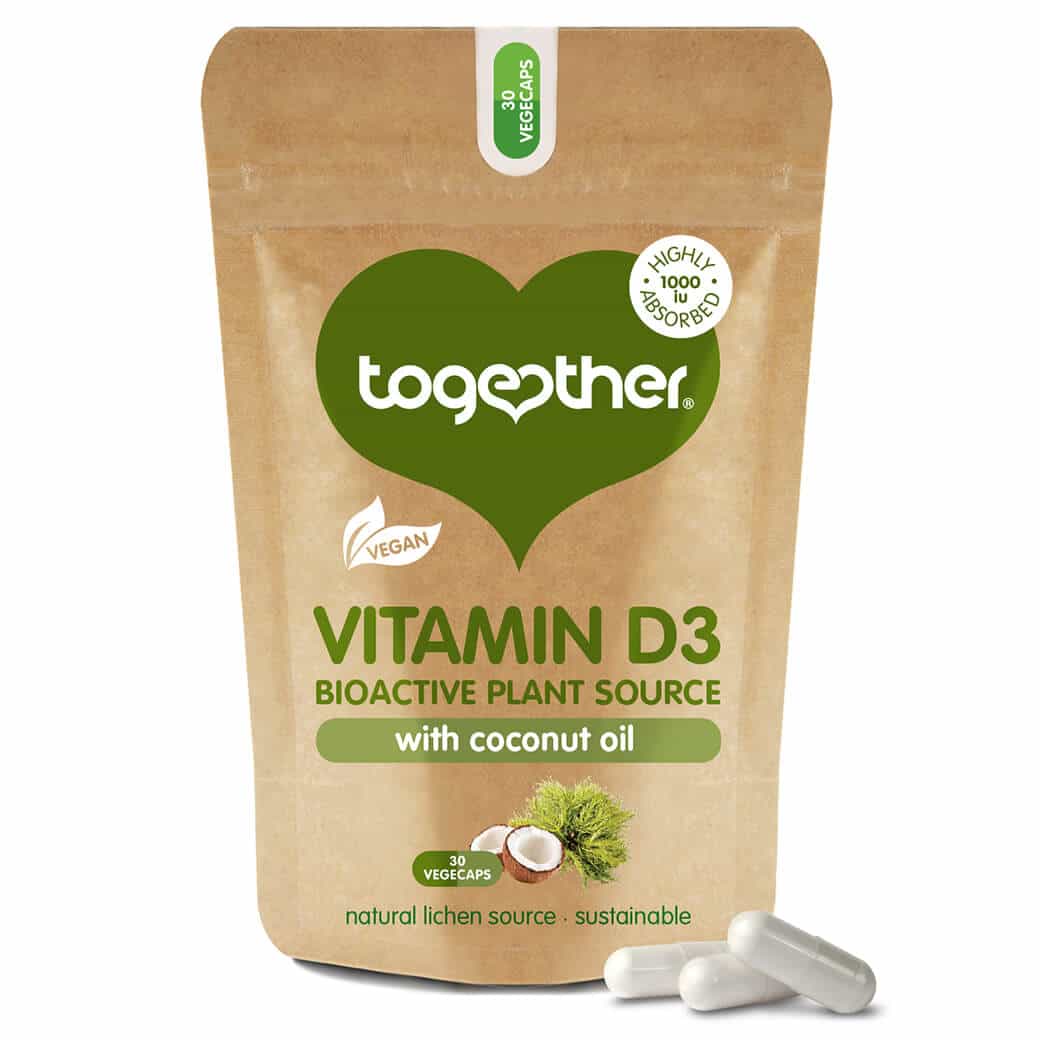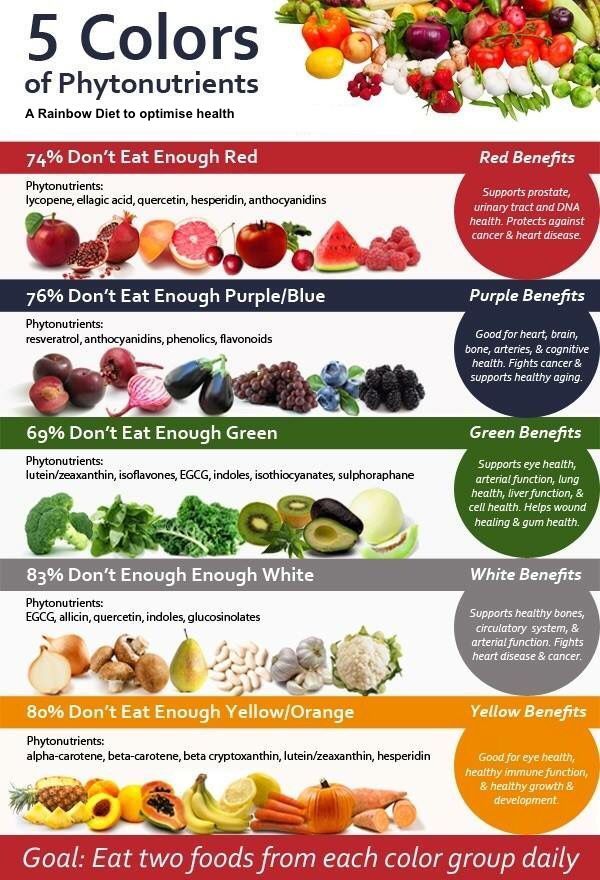
A school meal that is vegan is a school meal that is either vegetarian or vegan-friendly. It is usually served to children in schools. These school lunches can be called "vegan school dinners" or "vegan hot lunches." These meals can be included in the school's regular menu. There are many reasons to offer vegan food options to students.
Plant-Based School Kitchens
The rise in awareness of the benefits and health of vegan food is leading to a rising number of vegan school kitchens. The purpose of these kitchens, which are nutrient-rich and healthy, is to provide nutritious meals for students that promote healthy eating habits and increase environmental awareness. A survey revealed that 81% percent of parents would like more vegetarian options for their children’s school lunchboxes. Plant-based diets can help improve academic performance and protect young children's health.
The Our Lady of Sion School, Worthing, West Sussex has established a plant-friendly school kitchen. Plant-Based School Kitchens is a local business that has partnered with the school in order to offer students a vegan meal menu. The Vegan Society supports students' choice of a hot meal from the company’s menu. There are also a variety vegan desserts available in the kitchens.

East End Community School
East End Community Schools is a vegan school. The meals at East End Community School are plant-based, contrary to its name. The school serves a diverse community including immigrants and low-income families. It meets the state’s 40% threshold for free lunches and says good morning in 23 languages. The school has also implemented a green roof.
Portland's food services director is changing the lunch menu to include more vegan options. Parents of children who are allergic to animal products called for better options. McLucas, along with her team, created a vegan diet that addresses the special needs of children with dietary restrictions. The new menu is set to launch in September.
Hagaskolan
One of the most unique schools in the Nordics, Hagaskolan Vegan School is among them. It serves students aged six to fifteen years. The school employs over twenty people and offers 100% vegan meals. The school also has a vegan daycare. The school's curriculum is focused on sustainability, ethics, and health.
The Hagaskolan was founded in 1982 by Sarah Brown. It was previously called the Cordon school and became a vegan school in 2015. Its programs are helping schools to educate about nutrition and have helped to create a fully vegan cafeteria. Despite the many benefits, there are still many questions about veganism.

Mondays without meat
New York City's schools have expanded Meatless Monday to all their schools. This initiative is an important step towards ensuring that every child has access to healthy, culturally-appropriate meals at school. Pamela Koch from the Laurie M. Tisch Center for Food Education and Policy of Teachers College at Columbia University says it is crucial to expand Meatless Monday to all schools so that all students have access nutritious and culturally acceptable meals.
Meatless Tuesdays is an extension the City's Free School Lunch for All initiative. It provides free lunches and breakfasts to students from public schools. The program has served more than 150,000,000 meals to city students since its inception in 2017. In addition, the DOE offers free meals during the summer to all New Yorkers under age 18 through the Summer Meals program. Many schools have also adopted Meatless Mondays to help reduce their environmental footprint.
FAQ
What are the 7 keys to a healthy, happy life?
-
Be healthy
-
Exercise regularly
-
Sleep well
-
Make sure to drink plenty of water.
-
Get enough rest
-
Be happy
-
Smile often
Exercise: Good or bad for immunity?
Your immune system is strengthened by exercise. Your body creates white blood cells, which are immune-boosting and fight infection. Your body also gets rid of toxins. Exercise helps prevent diseases like cancer and heart disease. Exercise can help reduce stress.
However, exercising too much can weaken your immune system. When you exercise too hard, your muscles will become sore. This causes inflammation and swelling. Your body then needs to make more antibodies in order to fight infection. Problem is, extra antibodies can trigger allergies and other autoimmune conditions.
So, don't overdo it!
What is the difference between sugar and fat?
Fat is an energy source that comes directly from food. Sugar is a sweetener found in fruits, vegetables, and other foods. Both fats (and sugars) have the exact same calories. However, fats provide more calories than sugars.
Fats are stored within the body and can contribute to obesity. They may cause cholesterol buildup and lead to strokes or heart attacks.
Sugars are quickly absorbed into the body and provide instant fuel. This causes blood glucose levels in the body to rise. High blood glucose levels can be dangerous because it increases the risk of developing type II diabetes.
What makes an antibiotic effective?
Antibiotics can be used to kill bacteria. Antibiotics are used to treat bacterial infections. There are many kinds of antibiotics. Some are administered topically, while others are given orally.
Many people who have been exposed can be prescribed antibiotics. An oral antibiotic might be prescribed to someone who has been exposed to chicken pox. This will prevent the spread of shingles. A penicillin injection might be given to prevent pneumonia in someone who has had strep.
When antibiotics are given to children, they should be given by a doctor. Children are at greater risk than adults for developing serious side effects from taking antibiotics.
Diarrhea is the most common side effect from antibiotics. Other side effects possible include dizziness, nausea, vomiting, stomach cramps, stomach pains, dizziness and allergic reactions. These side effects usually disappear once treatment has ended.
Statistics
- WHO recommends reducing saturated fats to less than 10% of total energy intake; reducing trans-fats to less than 1% of total energy intake; and replacing both saturated fats and trans-fats to unsaturated fats. (who.int)
- WHO recommends consuming less than 5% of total energy intake for additional health benefits. (who.int)
- In both adults and children, the intake of free sugars should be reduced to less than 10% of total energy intake. (who.int)
- Extra virgin olive oil may benefit heart health, as people who consume it have a lower risk for dying from heart attacks and strokes according to some evidence (57Trusted Source (healthline.com)
External Links
How To
How to Live a Healthy Lifestyle
A healthy lifestyle is one that allows you to maintain your weight, your health, and your fitness. This lifestyle includes healthy eating habits, regular exercise, adequate sleep, and abstaining from drugs, alcohol, caffeine, tobacco and other harmful substances. A healthy lifestyle helps you stay fit and feel good about yourself. Healthy lifestyles can also reduce the risk of chronic diseases, such as stroke, heart disease, diabetes, cancer, osteoporosis and arthritis.
This guide will help you live a healthier, more fulfilling life. The introduction was the first portion of the project. It describes the benefits of living a healthy life, what it means, and who we should be. The body paragraphs contain tips on how you can maintain a healthy lifestyle. I then wrote the conclusion. This summarizes the whole article, and provides additional resources, if necessary.
This assignment taught me how I can write concise, clear paragraphs. Also, I learned how my ideas could be organized into topic sentences or supporting details. Because I had to locate specific sources and properly cite them, my research skills improved. I also learned proper grammar for writing.